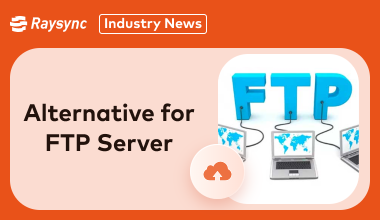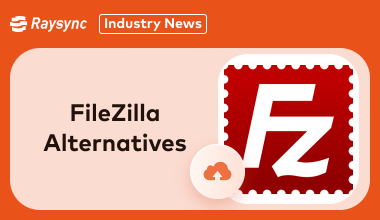Filter News
Industry news

Industry news
July 18, 2024Discover the list of best free cloud transfer services of 2024 and explore options that provide reliable and secure file transfers without breaking the bank.

Industry news
July 18, 2024Discover the best file sharing for small businesses and explore top options to enhance collaboration, security, and efficiency.

Industry news
July 18, 2024Explore the top solutions for cloud-based file sharing for businesses. Discover the best options for small businesses to enhance collaboration and data management.
![Detailed Explanation of P2P File Sharing [Latest Update]](http://images.ctfassets.net/iz0mtfla8bmk/2LS815ZEsA04ub0xlM8mZd/13c5e6ee6aa13df41e18db928e6ec499/p2p-file-sharing.png)
Industry news
July 10, 2024Discover the best P2P file sharing tools: uTorrent for fast downloads and efficiency, qBittorrent for open-source reliability, and BitTorrent for decentralized file distribution.

Industry news
July 10, 2024Looking for a Limewire alternative? Discover the top 5 programs similar to LimeWire for peer-to-peer file sharing, including options for Android users.

Industry news
July 9, 2024In this blog we will look at the best alternative FTP server and high-speed options like SFTP, FTPS, MFT, Aspera, and Raysync.

Industry news
July 9, 2024In this blog post we will look at the top 8 powerful FileZilla alternative for Windows, Mac, and Linux.

Industry news
July 4, 2024In this article we will explore how to effectively use file transfer calculator to optimize data transfers.

Industry news
July 4, 2024In this blog post, we will learn how to choose the best secure file transfer method in 2024.

